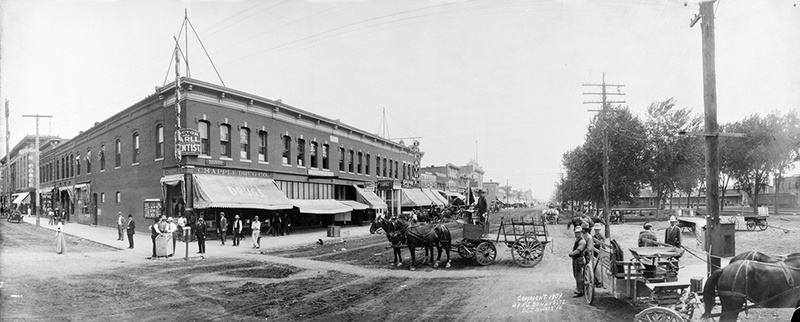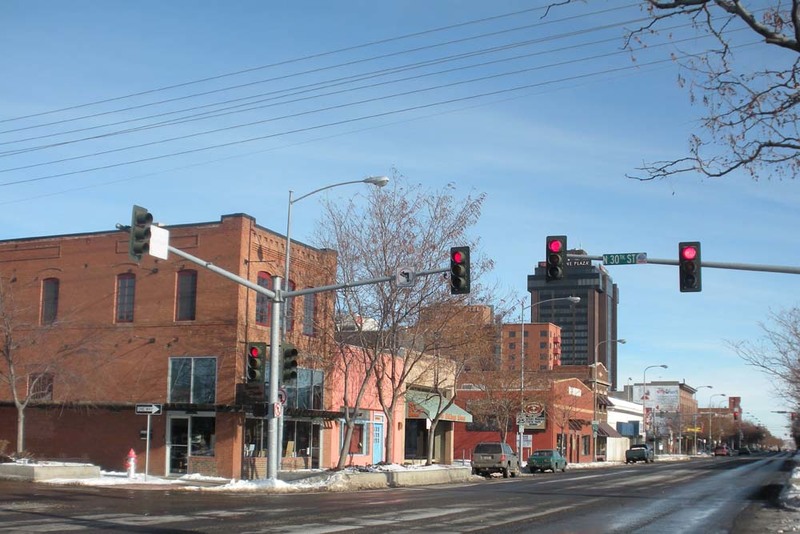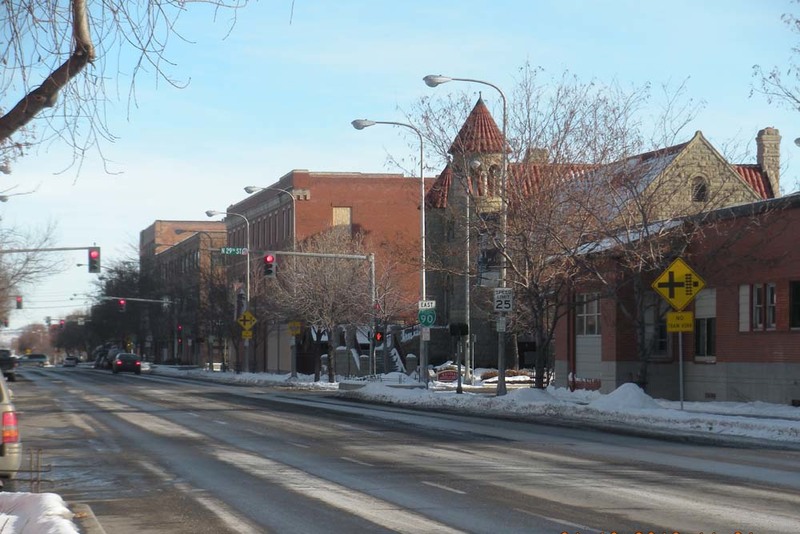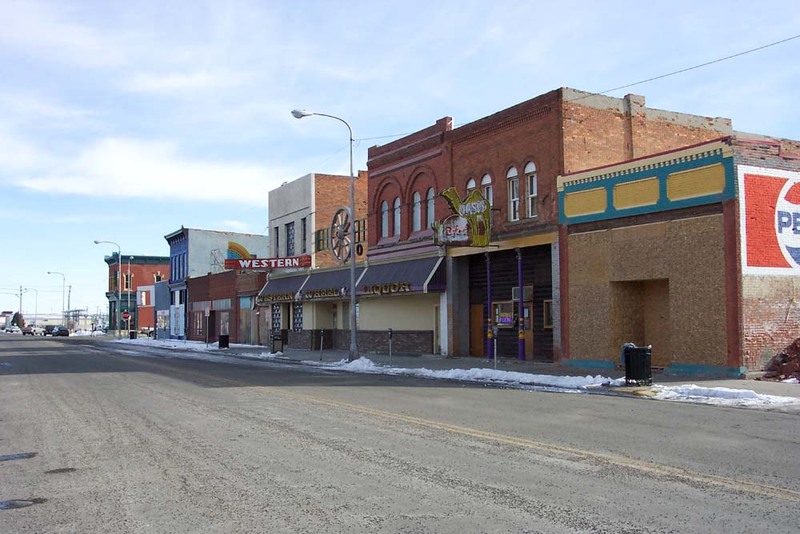Billings Old Town Historic District
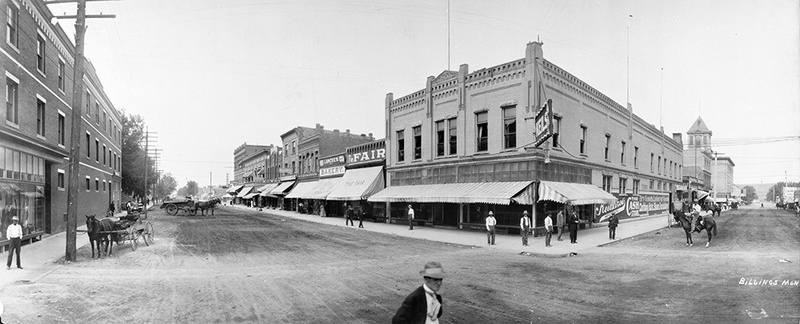
Offering an eclectic architectural mix, Old Town tells the story of Billings’ growth. The Northern Pacific founded the community as a railroad hub in 1882, and by the end of 1883, some 400 canvas tents and crude buildings lined the streets. The 1882 McAdow building reflects this frontier phase, when merchants quickly assembled false-front buildings to mimic the architecture of more established communities. Frequent fires convinced developers to invest in masonry structures, including the circa 1893 Yukon Bar, one of Billings’ earliest brick buildings. The ornate L&L and Covington buildings (both constructed circa 1895) reflect the community’s stylistic aspirations. Built on the edge of “China Alley,” they also represent Billings’ small yet significant Chinese community, members of which owned both business blocks. Later the Covington block became one of two African American-owned buildings in Old Town, evidence of another of the city’s under-recognized populations. By 1900, the railroad had made Billings a prosperous, and permanent, trading center. The city’s commercial prominence expanded during the homesteading boom, and impressive structures, like the architect-designed Parmly Billings Memorial Library, constructed in 1901, announced the its new status. Large warehouses, built by both local investors and national chains, recall Billings’ importance as a wholesale distribution center. Cars began to transform this railroad district with the construction of the Sunset Garage in 1917. They also redirected development away from the railroad. Nevertheless, the district still saw several important projects after World War I, including the 1937 architect-designed Art Deco Service Candy Company and the 1939 Streamline Moderne style Community Gas and Oil Building.
Audio
Images

